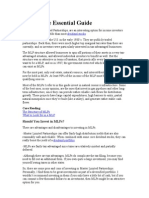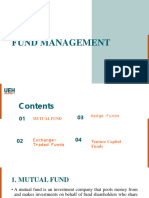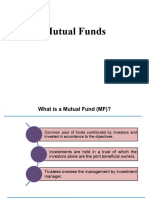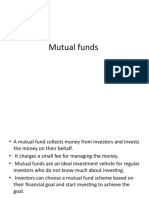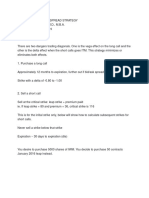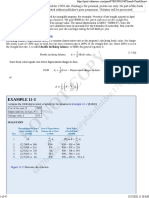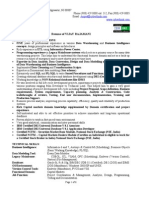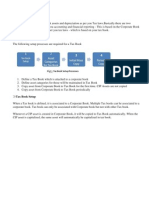0% found this document useful (0 votes)
30 views2 pagesSteelPath Tax Time FAQ 2025
The document provides an overview of tax implications for Master Limited Partnerships (MLPs) and mutual funds with varying MLP exposure, detailing their tax structures, reporting requirements, and distribution classifications. It explains how return of capital and qualified dividends are determined, along with the impact on cost basis for investors. Additionally, it highlights the risks associated with MLP investments and advises consulting a tax adviser for personal tax situations.
Uploaded by
joe pattersonCopyright
© © All Rights Reserved
We take content rights seriously. If you suspect this is your content, claim it here.
Available Formats
Download as PDF, TXT or read online on Scribd
0% found this document useful (0 votes)
30 views2 pagesSteelPath Tax Time FAQ 2025
The document provides an overview of tax implications for Master Limited Partnerships (MLPs) and mutual funds with varying MLP exposure, detailing their tax structures, reporting requirements, and distribution classifications. It explains how return of capital and qualified dividends are determined, along with the impact on cost basis for investors. Additionally, it highlights the risks associated with MLP investments and advises consulting a tax adviser for personal tax situations.
Uploaded by
joe pattersonCopyright
© © All Rights Reserved
We take content rights seriously. If you suspect this is your content, claim it here.
Available Formats
Download as PDF, TXT or read online on Scribd
/ 2






